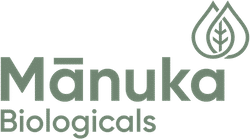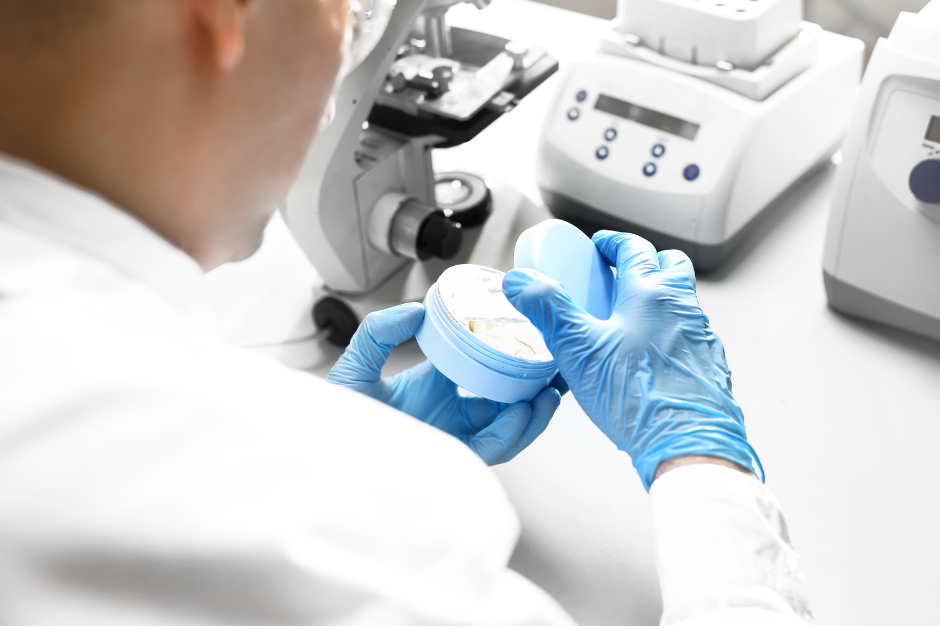
REGULATORY UPDATE
Global Cosmetic Regulations Update:
Key Changes in June 2024
Manuka Biologicals – 8 minutes read
In June 2024, significant updates in cosmetic regulations have been introduced globally. These changes reflect ongoing efforts to ensure consumer safety, enhance product quality, and adapt to evolving scientific knowledge. Below is a comprehensive summary of these updates categorized by geographic regions and retailer standards.
Geographic Regulations
- European Union
Cosmetic Ingredients Regulation Amendment (EU) 2024/996
The EU has introduced amendments for Kojic Acid, Retinoids, Triclocarban, Triclosan, and other compounds. These changes aim to address safety concerns and update permissible levels based on new scientific data.
Scientific Committee on Consumer Safety (SCCS)
The SCCS issued a final opinion on Aluminum compounds and Benzophenone-4. This opinion provides updated safety assessments and usage guidelines for these compounds in cosmetic products.
Sources: eur-lex.europa.eu, ec.europa.eu/growth
- United Kingdom
Cosmetic Regulation
The UK updated transitional provisions for BHT and added Trimethylbenzoyl diphenylphosphine oxide and Hexyl salicylate to the GB Mandatory Classification List. This update ensures continued alignment with scientific advancements and consumer safety.
Sources: gov.uk, ctpa.org.uk
- Indonesia
Technical Requirements for Cosmetic Ingredients
Amendments include removing Chlorophene from preservatives, revising Benzophenone-3 in sunscreens, and adding 75 prohibited ingredients. These changes reflect Indonesia’s commitment to enhancing consumer safety and product efficacy.
Sources: pom.go.id
- Japan
Cosmetic Safety Standard
Japan has prohibited the use of Cysteamine Hydrochloride in cosmetics, except as a hair rinse-off product, with implementation expected in late June 2024. This measure aims to mitigate potential health risks associated with this compound.
Sources: pmda.go.jp, jcia.org
- Taiwan
Regulated Products
Taiwan updated the “List of Ingredients Prohibited in Cosmetic Products” and merged lists of antibacterial and restricted ingredients, effective July 1, 2024. This consolidation streamlines regulatory compliance for cosmetic manufacturers.
Sources: fda.gov.tw
- California, USA
Bill on Anti-Aging Products for Children
A California bill proposing a ban on the sale of anti-aging skin products to children under 13 failed to advance—the bill aimed to address concerns over the marketing and use of these products among young children.
Sources: cosmeticsdesign.com
Retailer Standards
Amazon Compliance Checklist
The inclusion of a group of ingredients in Schedule I of the Controlled Substances Act became effective April 15, 2024. This includes 1-(2-methyl-4-(3-phenylprop-2-en-1-yl)piperazin-1-yl)butan-1-one and its isomers, ensuring compliance with federal regulations.
Bloomingdale’s Restricted Ingredients
Bloomingdale’s has added silicones and mineral oils to the restricted list. This decision reflects growing consumer demand for cleaner, safer, and more sustainable beauty products.
Thrive Market Beauty RSL
Over 140 ingredients were added as allowed, with Polyacrylamide and C13-14 Isoparaffin becoming restricted. Additionally, 170+ ingredients were added with usage conditions, enhancing the safety profile of beauty products sold by Thrive Market.
Thrive Market Home RSL
Revisions to the requirements for Benzoic acid and Glycerin were made, and Mineral Oil was added as a restricted ingredient. These updates aim to ensure higher safety and quality standards for home products.
Other Significant Updates
- China
New Standards and Safety Measures
China released several new standards and guidelines, including those for stability, preservative challenges, packaging compatibility, and skin sensitization testing. These updates are crucial for manufacturers to ensure compliance and product safety.
Adverse Reaction Monitoring
Guidelines for cosmetic adverse reaction collection and reporting have been published, highlighting the importance of monitoring and addressing consumer health concerns.
Cosmetic Safety Assessment
A one-year buffer period for implementing the full version of cosmetic safety assessments has been granted, with a simplified report submission allowed until May 1, 2025. This buffer period helps manufacturers transition smoothly to the new requirements.
Sources: nmpa.gov.cn, nifdc.org.cn
- South Korea
Labeling Grace Period Extended
The grace period for labeling extract components in cosmetic packaging has been extended to November 23, 2025. This extension provides manufacturers additional time to comply with labeling requirements.
CGMP Guidelines Published
A booklet on common improvement cases in CGMP evaluations from 2019-2023 was introduced, offering insights into best practices for maintaining good manufacturing practices.
Sources: mfds.go.kr
- Thailand
Titanium Dioxide Requirements
Proposed amendments to the use of Titanium Dioxide in cosmetics have been announced, aiming to enhance safety and compliance.
Non-Compliant Cosmetics
Reports of non-compliant batches containing prohibited substances like mercury and glucocorticoids have been made public. This transparency helps protect consumers from potentially harmful products.
Sources: fda.moph.go.th
- Philippines
Updated Cosmetic Ingredient Use Requirements
The Philippines adopted amendments to prohibited, restricted, and permitted ingredient lists as per the ASEAN Cosmetic Directive, ensuring alignment with regional safety standards.
Sources: fda.gov.ph
Conclusion
Staying updated on regulatory changes is crucial for compliance and ensuring product safety in the cosmetics industry. These June 2024 updates reflect the global commitment to maintaining high standards and protecting consumers. As regulations continue to evolve, businesses must adapt to these changes to thrive in the dynamic cosmetics market.
Stay Informed
For more detailed insights and continuous updates on global cosmetic regulations, follow our blog and subscribe to our newsletter. Here are some additional reliable sources for ongoing updates:
- Cosmetics Business
- Cosmetics & Toiletries
- HAPPI
FAQs
- What are the major changes in the EU cosmetic regulations in June 2024?
The EU has updated regulations for several cosmetic ingredients, including Kojic Acid, Retinoids, Triclocarban, and Triclosan. The SCCS also issued opinions on Aluminum compounds and Benzophenone-4.
- What new ingredients were added to the UK’s GB Mandatory Classification List?
Trimethylbenzoyl diphenylphosphine oxide and Hexyl salicylate were added to the GB Mandatory Classification List.
- How has Indonesia updated its cosmetic ingredient regulations?
Indonesia has removed Chlorophene from preservatives, revised Benzophenone-3 usage in sunscreens, and added 75 prohibited ingredients.
- What changes did Japan make to its cosmetic safety standards?
Japan prohibited the use of Cysteamine Hydrochloride in cosmetics, except as a hair rinse-off product.
- What updates were made to the Amazon compliance checklist for cosmetics?
Amazon’s compliance checklist now includes a group of ingredients in Schedule I of the Controlled Substances Act.
- How has the Philippines updated its cosmetic ingredient use requirements?
The Philippines adopted amendments to prohibited, restricted, and permitted ingredient lists in line with the ASEAN Cosmetic Directive.


